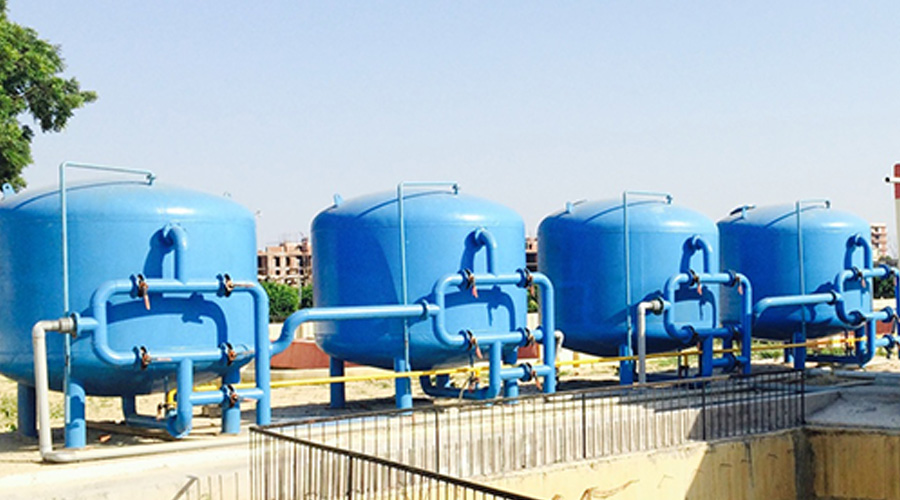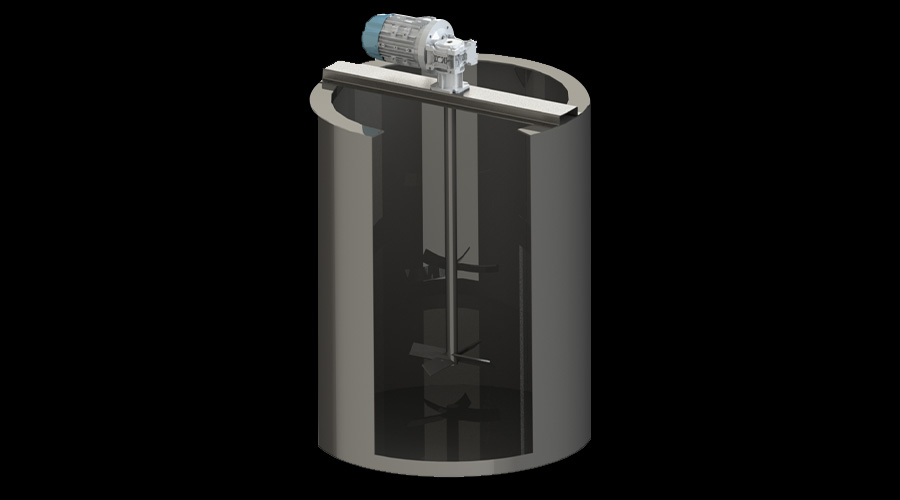Sequencing Batch Reactors (SBRs) have gained popularity as a choice for wastewater treatment because of their flexibility and ability to handle variable loads. In SBR decanter systems, a decanter is an integral part that separates treated water cleanly and efficiently from the settled sludge during the decant phase. Knowledge, optimization, and upkeep of SBR decanters are necessary for proper treatment performance.
Tips for Optimizing SBR Decanters
Right Decant Timing: If settling has already been achieved, adjust the decanter to work on its own after settling. Premature decanting can transport solids, especially suspended solids, into the effluent, and contribute to poor water quality.
Proper Positioning: Position the decanter intake so as to reduce disturbance of settled sludge. Adjustable or floating decanters can help keep the optimal intake depth if sludge levels change.
Regular Inspections: This is among the best SBR system maintenance tips. Inspect the discharge lines of the decanter to prevent blockages or flow restrictions.
Use Automation: Employ level sensors and programmable logic controllers (PLCs) to control the decant operation precisely, guarantee a predictable process with fewer operator errors than previously possible, and reduce operator errors.
Sludge Dewatering Machines: Choose the Right Type for Your Facility
Effective sludge dewatering not only reduces the volume of sludge but also lowers disposal costs and complies with environmental standards. Selection of the appropriate sludge dewatering equipment depends on sludge attributes, plant capacity, and budget.
Belt Filter Press: It is more ideal for medium to large scale plants and deals with different sludge types with moderate operational costs.
Centrifuge: Uses centrifugal force to allow solids to be separated from liquids quickly. Suitable for high-throughput/low cake moisture content plants but requires more energy and maintenance.
Screw Press: A small sludge filter in a screen that compresses sludge as it is pushed into it with a slowly rotating screw. It’s a good compromise between cost, footprint, and performance and ideal for small and medium plants.
Filter Press: Separates solids with cloth panels. Produces very dry cake, but has manual or semi-automatic operation and lengthy cycles.
Take into consideration sludge type (organic content, solids concentration), daily sludge volume, dewatering target, level of operator skill, and budget limitation. Consulting manufacturers and visiting similar installations can help make informed decisions.
Conclusion
Optimizing sequencing batch reactor decanter and choosing the appropriate sludge dewatering machines are key issues in wastewater management. As you can see, good practices and certain choices of equipment make your treatment plant run much more efficiently, save money, and comply with regulations.



